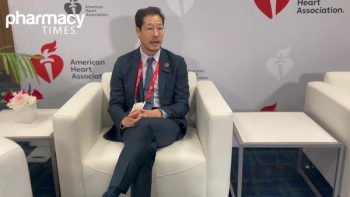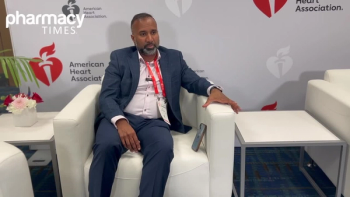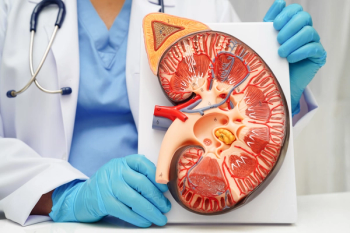
Osteoporosis Screening Guidelines Miss Majority of At-Risk Women
Current risk assessment strategies for reducing fractures related to osteoporosis among women fail to accurately predict who will experience major osteoporotic injuries.
Current risk assessment strategies for reducing fractures related to osteoporosis among women fail to accurately predict who will experience major osteoporotic injuries, according to a new study published in The Journal of Clinical Endocrinology and Metabolism.
Led by researchers from the University of California, Los Angeles (UCLA), the study examined data regarding osteoporosis risk factors and fractures from 62,492 postmenopausal women aged 50 to 64 years who participated in the Women's Health Initiative.
The researchers found the United States Preventive Services Task Force (USPSTF) osteoporosis screening guideline, which recommends that all women aged 65 years and older be tested and treated for low bone mineral density, captured only one-fourth of those who experienced osteoporotic fractures within 10 years. Additionally, 2 other osteoporosis risk assessment tools—the Osteoporosis Self-Assessment Tool (OST) and the Simple Calculated Osteoporosis Risk Estimation Tool (SCORE)—were no more effective in identifying those at high risk for osteoporotic fractures than the USPSTF strategy.
"Neither the USPSTF nor the other 2 screening strategies performed better than chance alone in discriminating women who did and did not have subsequent fractures," the study authors concluded. "These findings highlight the pressing need for further prospective evaluation of alternative strategies with the goal of better targeting resources to at-risk young postmenopausal women. Our findings do not support use of the USPSTF strategy or the other tools we tested to identify younger postmenopausal women who are at higher risk of fracture."
Overall, the USPSTF strategy captured only 25.8% of the women who experienced fractures within 10 years, while SCORE caught 38.6% and OST caught 39.8%.
"If we want to prevent fractures, we need tools that help us accurately predict who will suffer these osteoporotic injuries so that we can target these at-risk people for preventive measures," said lead study author Carolyn Crandall, professor of medicine in the division of general internal medicine and health services research at the David Geffen School of Medicine at UCLA, in a press release. "Our results suggest that our current guidelines for screening in younger postmenopausal women do not accurately identify who will suffer a fracture."
Newsletter
Stay informed on drug updates, treatment guidelines, and pharmacy practice trends—subscribe to Pharmacy Times for weekly clinical insights.
















































































































































































































